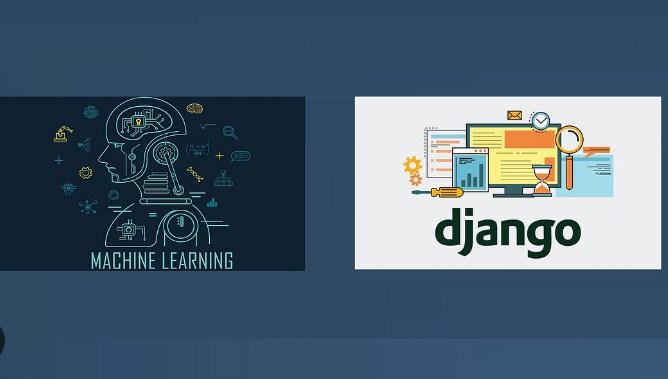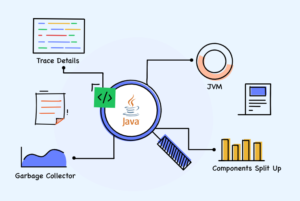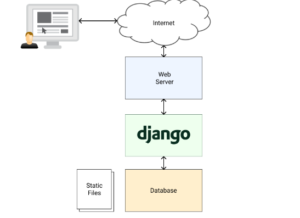Integrating machine learning (ML) models into Django allows you to leverage the power of ML for tasks such as predictions, recommendations, natural language processing, and more. Here’s a general approach to integrating ML models into your Django application:
- Train or import your ML model:
- Develop and train your ML model using a suitable ML library such as scikit-learn, TensorFlow, or PyTorch.
- Alternatively, if you have a pre-trained model, load it into your Django project.
- Create a Django app for ML integration:
- Create a new Django app within your project specifically for integrating ML functionality.
- This app will handle the ML-related views, forms, and logic.
- Define your ML-related views:
- In your ML app, define views that will receive requests from clients and perform the necessary ML computations.
- These views will typically receive input data, process it using the ML model, and return the results.
- Handle input data:
- Depending on the nature of your ML task, you may need to handle user input or data from external sources.
- Create Django forms or serializers to validate and preprocess the input data before passing it to the ML model.
- Load and use the ML model:
- In your ML app, load the trained or imported ML model.
- Depending on the ML library you’re using, you’ll need to follow specific steps to load and use the model effectively.
- For example, with scikit-learn, you can use the
jobliblibrary to load a trained model, while with TensorFlow or PyTorch, you’ll need to instantiate the model class and load the model weights.
- Apply the ML model:
- Use the loaded ML model to perform predictions, classifications, or any other relevant ML tasks based on the input data.
- Process the input data, preprocess it if required, and pass it through the model to obtain the desired outputs.
- Return the results:
- Once you have the ML model’s results, format them appropriately and return them to the client.
- You can render them in a Django template or return them as JSON or any other suitable format.
- Ensure efficient model usage:
- Depending on your application’s requirements, you may need to optimize the usage of your ML model.
- Consider strategies such as model caching, lazy loading, or background tasks to avoid unnecessary model reloading or excessive computation.
- Handle model updates:
- If your ML model requires periodic updates or retraining, consider implementing mechanisms to handle model updates within your Django application.
- This may involve scheduling tasks to train or update the model periodically or integrating with external systems to receive updated models.
Remember to consider the performance and scalability of your ML integration. ML models can be computationally intensive, so ensure that your Django application’s infrastructure can handle the increased load. Additionally, make sure to sanitize and validate user input to prevent security vulnerabilities or malicious behavior.
Integrating ML models into Django opens up numerous possibilities for enhancing your application’s capabilities. Be creative and explore how ML can be utilized to solve problems and provide valuable insights within your specific domain.




